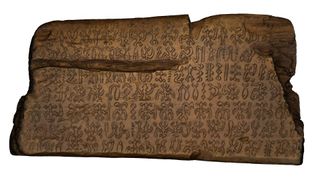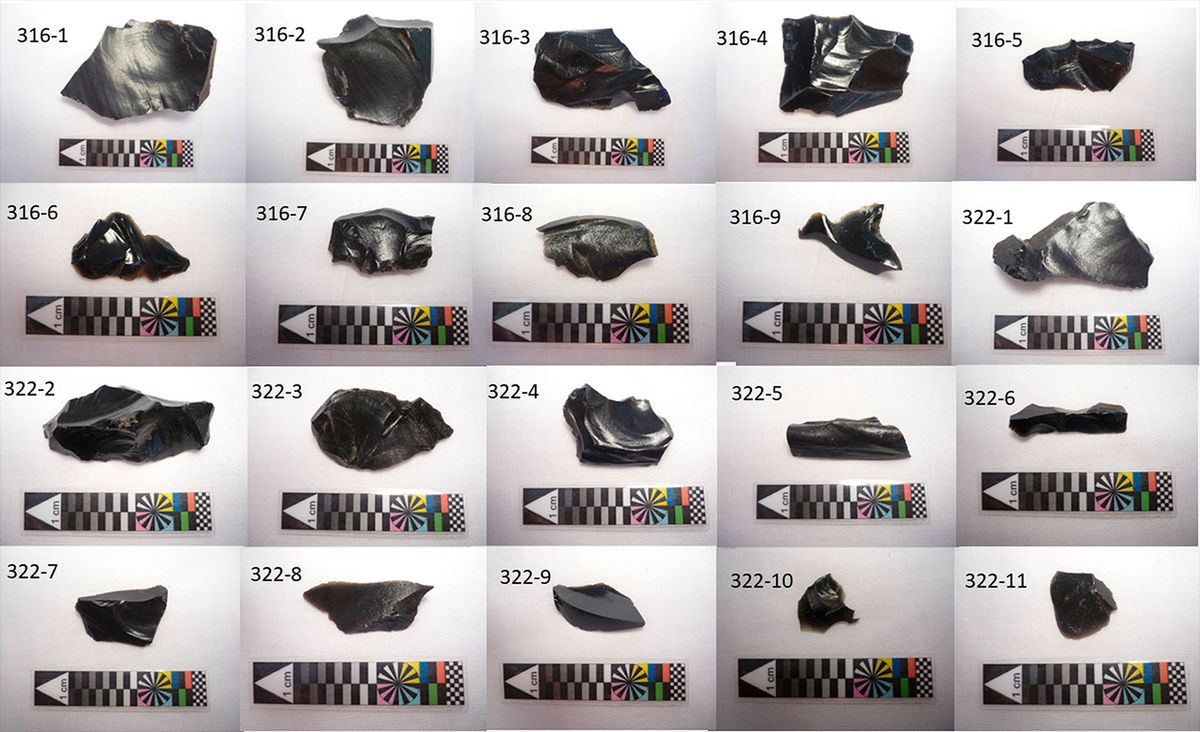Looks as if it was arson.
A fire has damaged the enigmatic statues on Easter Island, with some of the charring said to be irreparable.
An unknown number of the stone-carved statues have been affected by the blaze, Chile's cultural heritage undersecretary said. Easter Island has nearly 1,000 of the megaliths, known as moai. They have oversized heads and generally stand about 4m (13ft) high. They were carved by a Polynesian tribe more than 500 years ago.
The fire, which broke out on Monday, affected "nearly 60 hectares (148 acres)", Carolina Perez Dattari, the cultural heritage official, tweeted. It is reported to have been started deliberately, and is centred around Easter Island's Rano Raraku volcano - which is an Unesco World Heritage Site.
Easter Island lies 3,500km (2,174 miles) off the coast of Chile. It relies on tourism and reopened just three months ago following its closure during the Covid-19 pandemic. The site has now been closed again while a conservation team examines the extent of the damage.
The island's Mayor Pedro Edmunds told local media: "The damage caused by the fire can't be undone."
The director of the Ma'u Henua community which looks after the national park described it as "irreparable and with consequences beyond what your eyes can see. The moai are totally charred," Ariki Tepano said through the park's official social media pages.
https://www.bbc.com/news/world-latin-america-63167941



